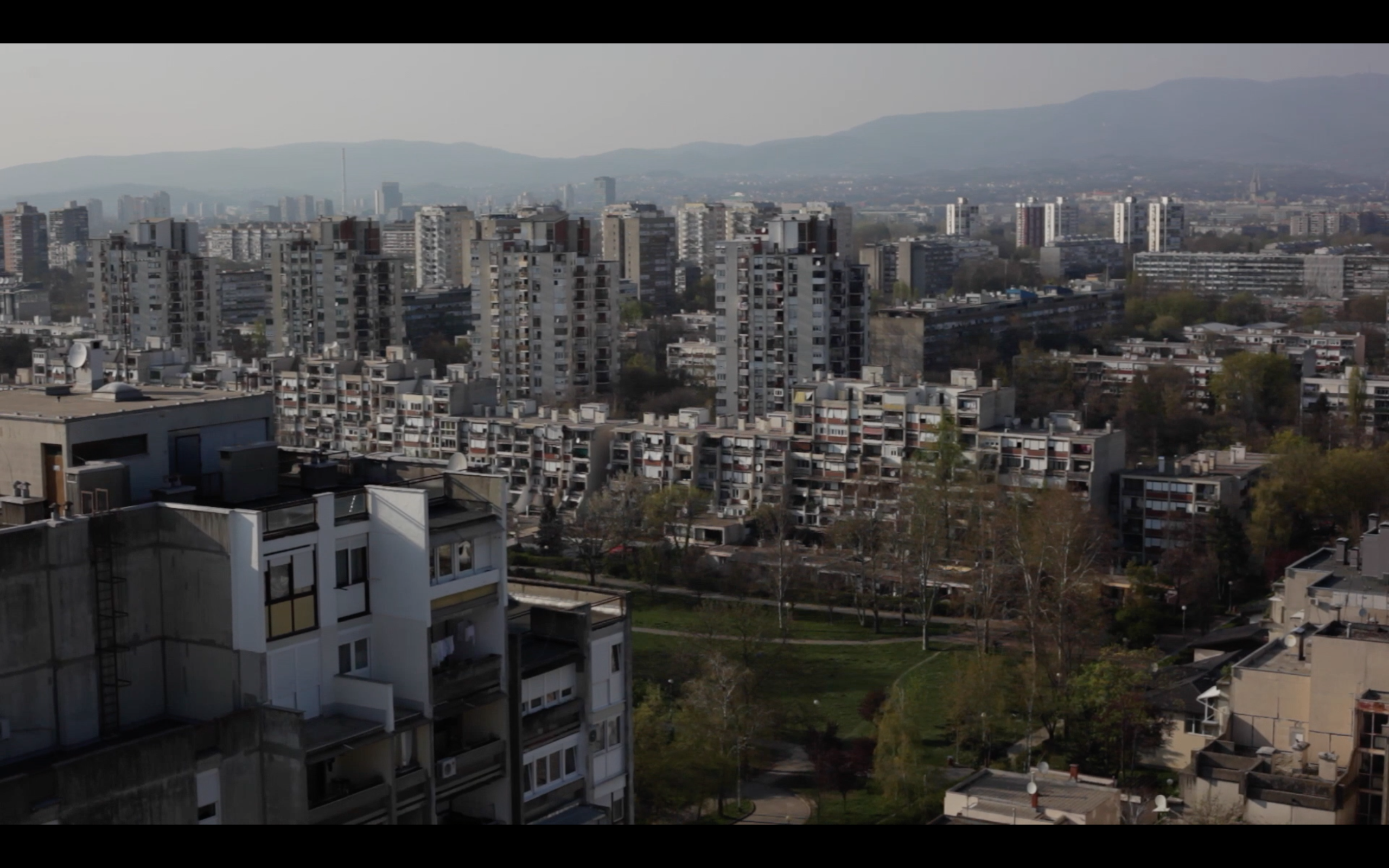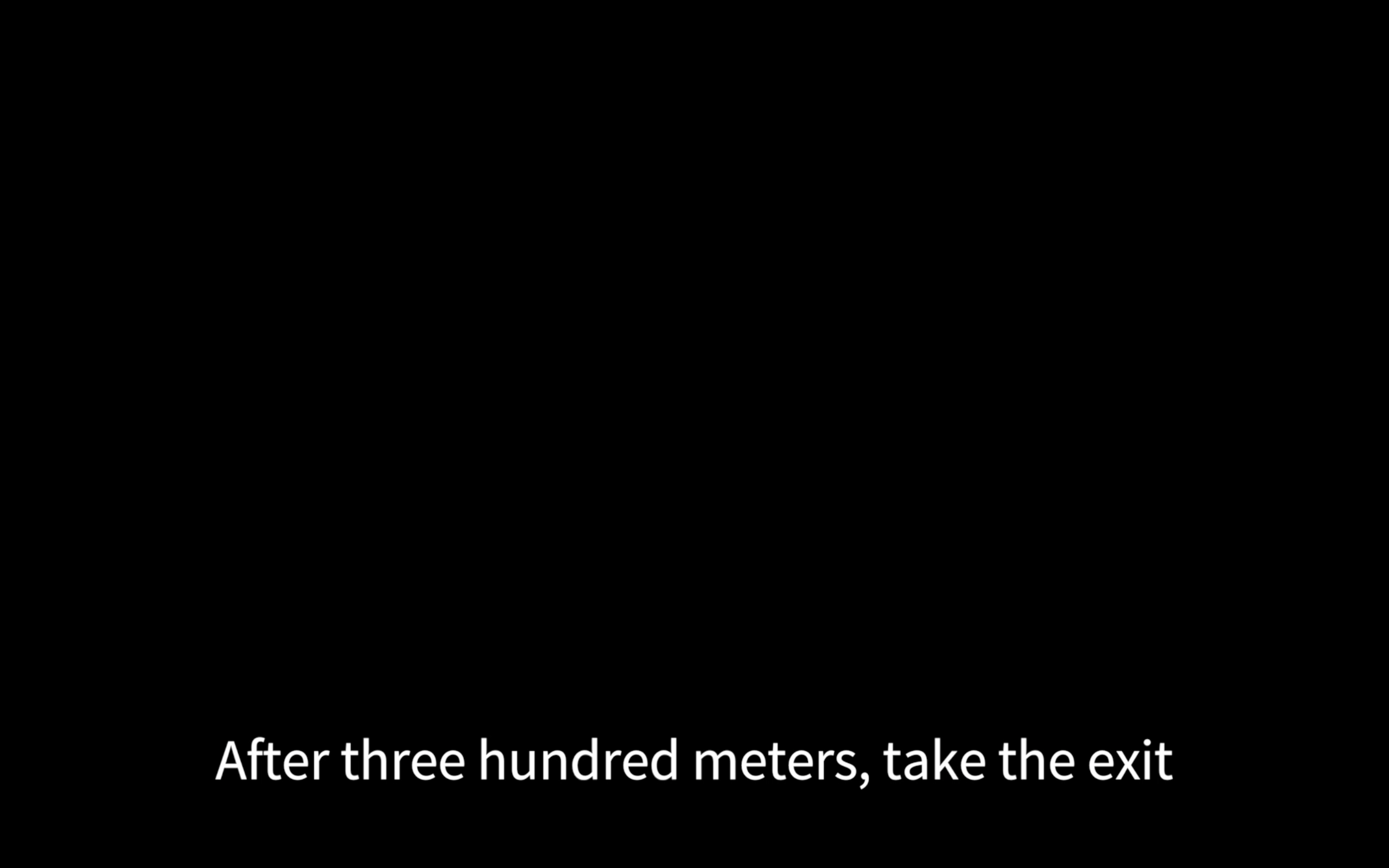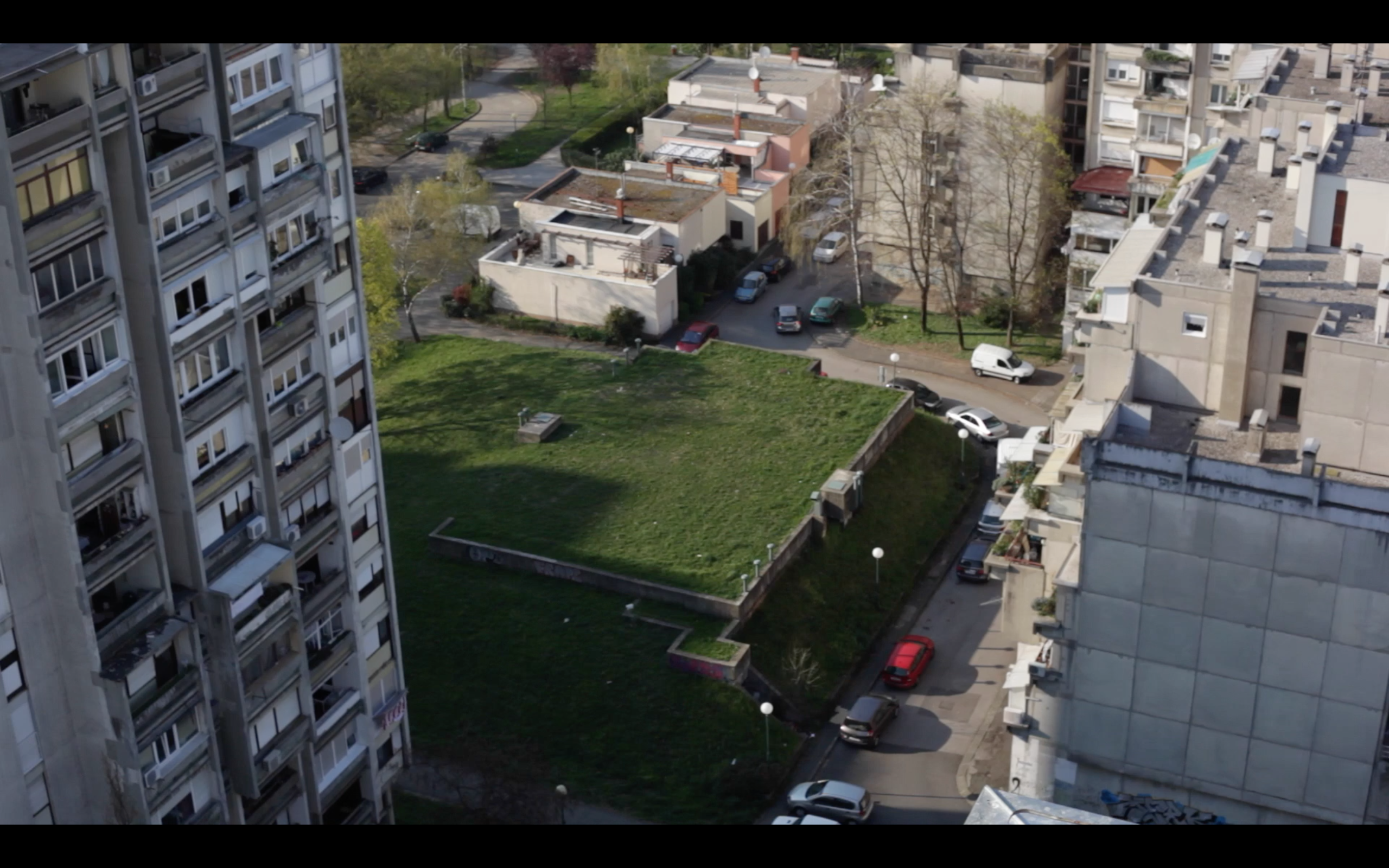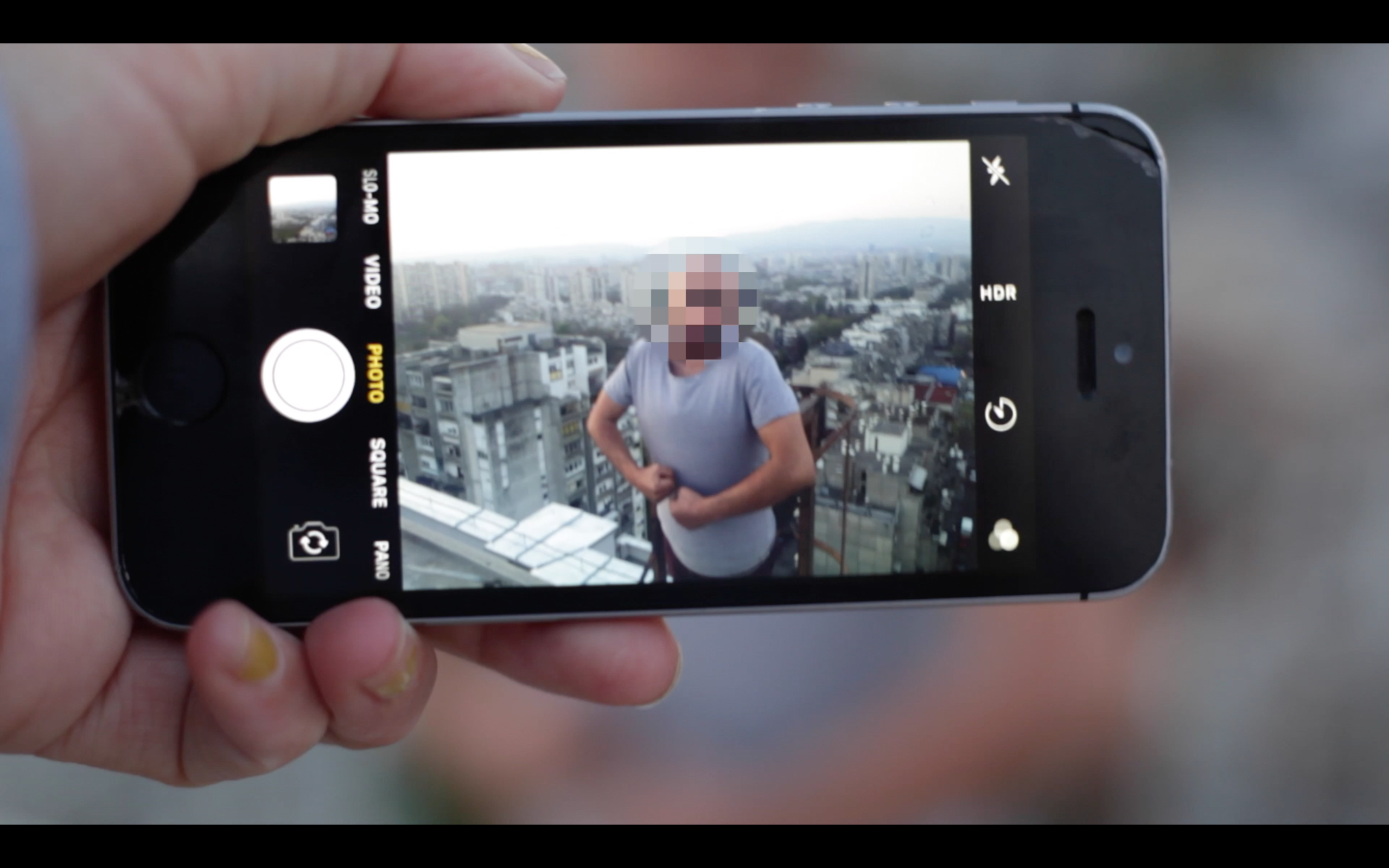Philippa Driest (1993) is an artist and founder of KIOSK Rotterdam.
Her
practices revolve around topics of maintenance, community and distribution. In her work she explores different
sites of contamination and leakage through publishing, performance and multi-media research
installations.
phedflip@gmail.com
Insta: @flipdriest
![]()
She was part of the
first year of WHW Akademija, Zagreb (2018-2019), recently finished her MA at
the Dutch Art Institute (2021) and BAK Fellowship for situated practice
(2021-2022).
KIOSK Rotterdam is a bookshop, (riso) print workshop, and a Multi-Tool Press. It started off with a personal selection and grew to a collection of titles informed by people who visited and shared their research. The selection hosts radical/critical theory, fiction, poetry and self-publishing practices.
KIOSK is open:
Thursday 13:00 - 17:00
Friday 14:00 - 20:00
Saturday 13:00 - 17:00
Pieter de raadtstraat 35a
3033 VC Rotterdam
kioskrotterdam@gmail.com
Philippa Driest (1993) is an artist and founder of KIOSK Rotterdam.
Her
practices revolve around topics of maintenance, community and distribution. In her work she explores different
sites of contamination and leakage through publishing, performance and multi-media research
installations.
phedflip@gmail.com
Insta: @flipdriest
![]()
She was part of the
first year of WHW Akademija, Zagreb (2018-2019), recently finished her MA at
the Dutch Art Institute (2021) and BAK Fellowship for situated practice
(2021-2022).
KIOSK Rotterdam is a bookshop, (riso) print workshop, and a Multi-Tool Press. It started off with a personal selection and grew to a collection of titles informed by people who visited and shared their research. The selection hosts radical/critical theory, fiction, poetry and self-publishing practices.
KIOSK is open:
Thursday 13:00 - 17:00
Friday 14:00 - 20:00
Saturday 13:00 - 17:00
Pieter de raadtstraat 35a
3033 VC Rotterdam
kioskrotterdam@gmail.com
Skrenuti Desno, Nakon Dvjesto Metara Skrenuti Lijevo, 2019
During my stay in Zagreb 2018 - 2019, mayor Milan Bandic introduced plans for the future development of Sava River bank on the south side. He announced his intention to build a “City in the City”, Zagreb Manhattan, the execution of which will mean demolition of cultural heritage: the pavilions of the Zagreb Fair (1956). The stated aim was to transform the capital’s Novi Zagreb district into a “new, innovative urban area, with mixed and diverse complementary services, which would improve the overall quality of life of the inhabitants, become a tourist attraction, and form the centre of Novi Zagreb”.
Studio David Maljkovićc, Zagreb (2019)
Videowork, car, publication, glass sculpture,









